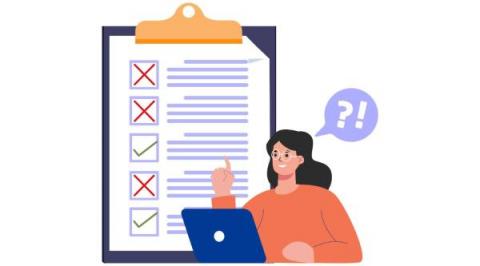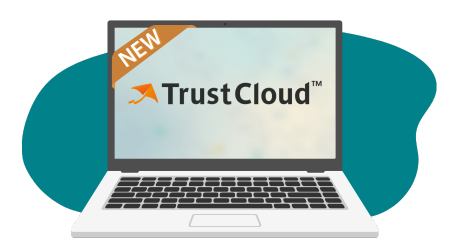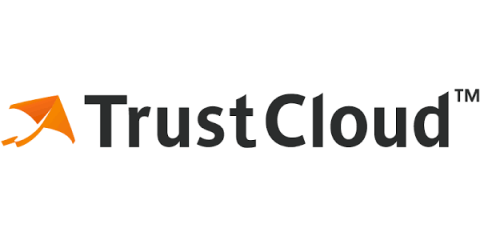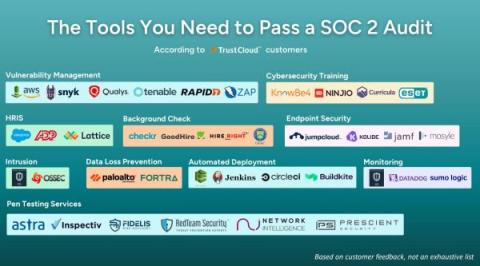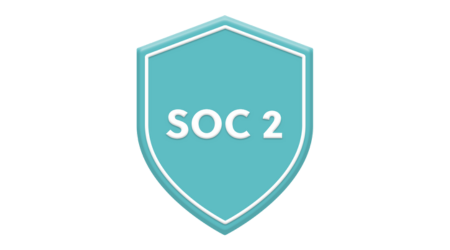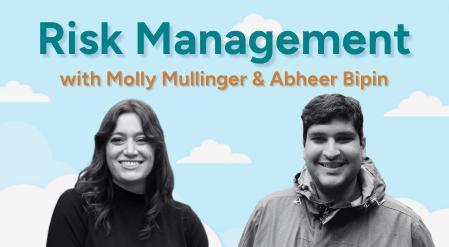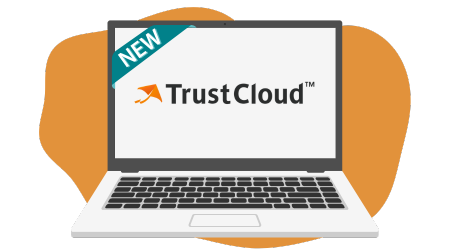Security Questionnaires: The Complete Breakdown for Vendors
New research from SecurityScorecard found that 98% of organizations have at least one vendor that’s had a breach in the last two years. Although this doesn’t necessarily mean affiliated organizations were affected by the breaches, it does emphasize the extensive range of potential exposure to indirect risks. Now more than ever, it’s crucial for vendors to develop a deep understanding of security questionnaires and to implement best practices.


